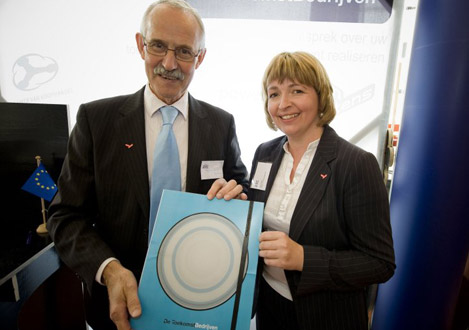Switzerland is more innovative and entrepreneurial than generally thought. The world holds on to the caricature of Heidi and of utterly dull bankers, evoked by Helmut Schmidt, many years ago: “Europe is not governed by the gnomes of Zurich”. We forget the implications of the fact that the Swiss national hero is the ultimate rebel: Wilhelm Tell; and rebellion is companion of innovation.The strong Swiss franc and the weak state of the economies of its trading partners will make 2012 difficult, but Switzerland scores tangible successes: prosperity, low debt, reasonable growth, public budgets in the black, low unemployement and trade surplus. This miniature model of Europe must be an inspiration for the EU to become what it should be: the world’s most successful region in the 21rst century.




